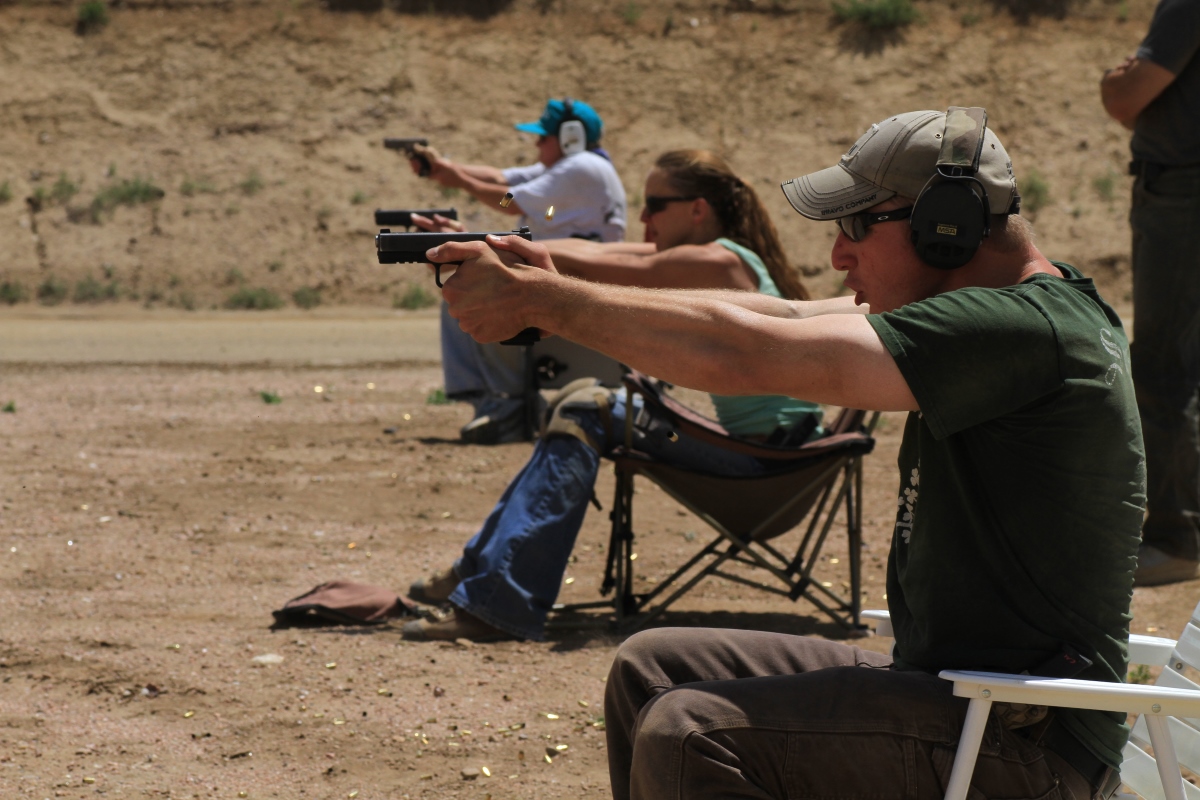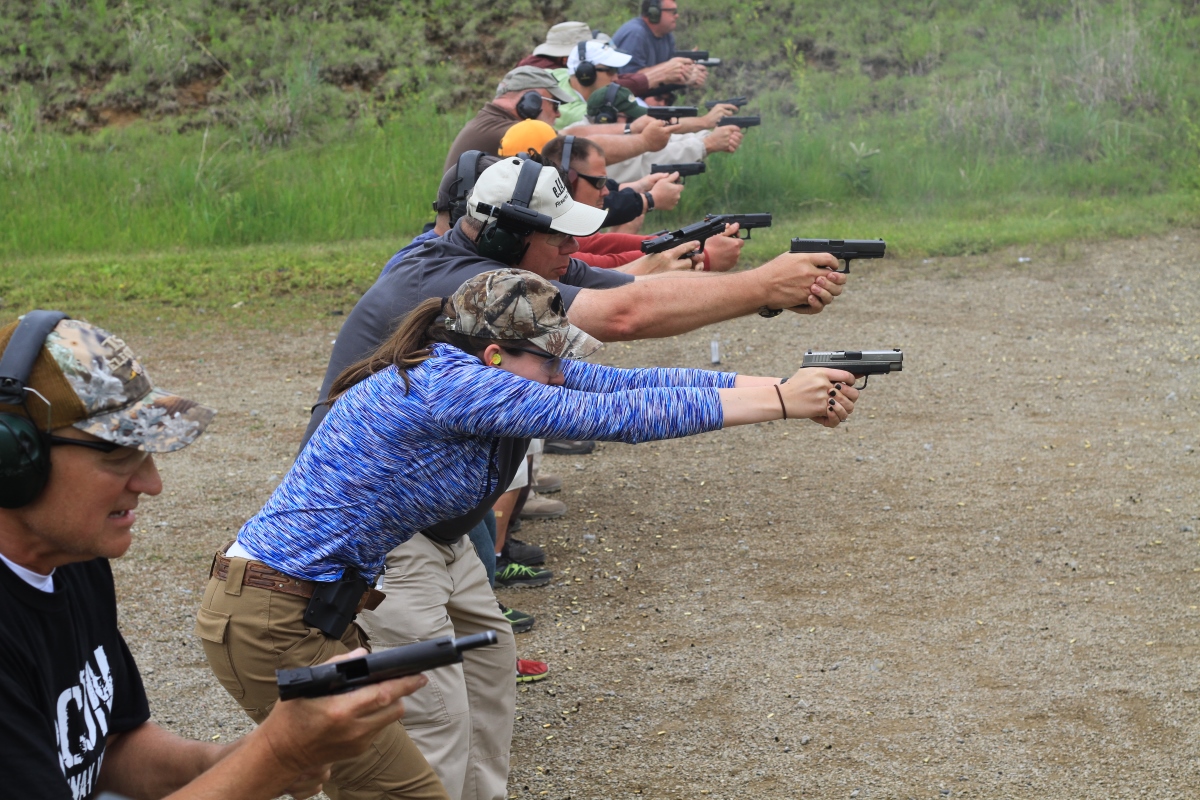Subconscious Performance
True multi-tasking, even performing a feat as simple as simultaneously patting your head and rubbing your stomach, or even walking and carrying on a conversation, requires you to place one of the actions into the realm of the subconscious, leaving your conscious mind to perform the other. The conscious mind is very specific, unidirectional, focused and slow compared to the lightning-fast processing speed of the subconscious. The incredible speed with which the subconscious operates is attributable to one of its primary functions – the ability to execute patterns. What I mean by that is, your subconscious is uniquely capable of running like a machine. You turn it on, press the “go” button, and it executes the pre-programmed pattern (or program) automatically. If I were to ask you to think of a song you haven’t heard in several years and write the lyrics on a piece of paper, I would undoubtedly catch you recalling the underlying pattern – the tune – to help you remember the words. The structure and rhyming process of the lyrics are also a pattern we use to recall the entire song. We use this process to teach our children from the beginning of life. Patterns like nursery rhymes and mnemonic devices help seed information into our subconscious and long-term memory. Physical skills are learned in much the same way. One of my favorite examples to use in class to demonstrate subconscious performance is dancing. Think of how clumsy and freakish you would look if you consciously had to determine where each step, arm motion and overall gyration had to fall in a given rhythm. When you think about it, you really just listen to the pattern of the music, then push that mental “go” button to synchronize your awesome dance moves (patterns) with the tune.For more specific patterns like ones that require you to manipulate objects, think of how familiar you are with the automobile you drive every day. You can likely find the seatbelt, insert the key into the ignition, adjust the mirrors, roll the windows up or down, change gears and/or the radio station without ever looking at anything in the car except for maybe a quick glance to ensure you are properly oriented to your surroundings. These are all patterns that the daily use of the vehicle has ingrained in your subconscious. When you find yourself in an unfamiliar vehicle, it takes a slow, conscious effort to find all those same controls.
Another important cue we can take from the vehicle analogy is that to learn to operate the controls quickly and efficiently, all the patterns we are creating are aided by the fact that our physical orientation to the controls is relatively fixed, precise, and unchanging. Product designers spend millions of dollars studying what is often called ergonomics, “The scientific study of equipment design, as in office furniture or transportation seating, for the purpose of improving efficiency, comfort, or safety.” (The American Heritage® Science Dictionary, Copyright © 2002. Published by Houghton Mifflin.)
Complex vs. Complicated
In his book, Living With Complexity, the engineer, design specialist, and former VP of Apple Don Norman has some good advice for us. “When complexity is unavoidable, when it mirrors the complexity of the world or of the tasks that are being done, then it is excusable, understandable, and learnable. But when things are complicated, when the complexity is the result of poor design with completely arbitrary steps, with no apparent reason, then the result is perplexing, confusing, and frustrating. Poor design leads to emotional distress…. Good design can provide a desirable, pleasurable sense of empowerment.”

Capitalize on kinesthesia when learning a new skill such as shooting from an unorthodox position. Photo: Rob Pincus
The purpose of practice, simply put, is to create automatic motor programs. Shooting is a complex motor skill that involves a combination of fine and gross motor skill actions to work in conjunction with one another to fulfill the ultimate goal of placing an accurate shot on target. Like any other complex motor skill, such as a basketball player learning to throw the ball through the hoop or a quarterback learning to throw an accurate pass, the skill is something that is developed only after practicing each integral part of the action and then putting all the steps together to create the whole action.
An individual dreaming of becoming a star quarterback doesn’t walk onto the field one day and start executing game-winning plays. Nor should we expect to be able to successfully deploy a firearm under high stress in defense of ourselves or others with little or no proper practice. Complex skills are developed by mastering the simple skills and putting them all together in the environment that best resembles where those skills will be needed – first the scrimmage and ultimately the game. The most glaring difference for us when it comes to shooting is that a professional athlete has a game schedule. We do not have the luxury of knowing when our gunfight will be.
Proper Practice
While this may have seemed like a long way to go to express some seemingly simple ideas, it has been my experience over the years that these principles are often overlooked. To learn a new skill or to maintain an old one, we have to practice. The practice regimen needs to be intelligently designed with tools properly and ergonomically arranged within your work space to create a refined economy of natural motion with all the carefully orchestrated elements working together in harmony. Proper practice creates subconscious automatic motor programs that are simple, smooth, precise and lightning quick.
If the day ever comes that our conscious mind is forced to press that “go” button, we want the program it executes to be as flawless as possible and as effortless and fluid as water flowing downhill. That is the purpose of practice.


Why can't I print this article